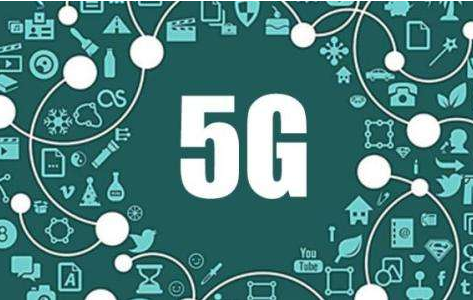Recently, Qualcomm shared exciting results from their 5G network simulations, revealing that 5G browsing speeds can surpass 490 Mbps, with download speeds increasing by up to 10 times compared to LTE networks, which typically operate at around 8 Mbps. The company also mentioned that the 5G NR (New Radio) network could be launched next year, marking a major step forward in wireless technology.
Over the past few months, we've heard a lot about the theoretical speeds of 5G, but what does it actually look like in real-world conditions? Qualcomm aimed to answer this question using the results of their 5G simulation tests presented at the Mobile World Congress (MWC) in Barcelona. Their findings confirm that 5G is indeed significantly faster than its predecessors.
The simulations were conducted based on the current mobile base station locations and frequency allocations, focusing on real-world scenarios in cities like Frankfurt and San Francisco. Factors such as terrain, user demand, and the presence of multiple devices requiring different network speeds—both LTE and 5G—were taken into account. This approach helps provide a more accurate picture of how 5G will perform once fully deployed. These tests specifically targeted the 5G NR network, not an entirely separate 5G system, and the launch of this network is expected in the near future.

In Frankfurt, the simulation used 100 MHz in the 3.5 GHz band, built upon a Gigabit LTE network with five LTE bands. The results were impressive: average 5G browsing speeds exceeded 490 Mbps, far outpacing the 56 Mbps of typical 4G users. Additionally, over 90% of 5G users experienced download speeds of at least 100 Mbps, compared to just 8 Mbps on LTE networks.
The San Francisco simulation was even more remarkable. Using 800 MHz in the 28 GHz millimeter wave band, the network was built on a Gigabit LTE foundation with four licensed LTE bands and LAA (Licensed Assisted Access) bands. In areas covered by the millimeter wave spectrum, 5G users achieved download speeds of up to 1.4 Gbps, which is roughly 23 times faster than the 71 Mbps seen on 4G networks.
Moreover, 90% of users saw their download speeds jump from a minimum of 10 Mbps to 186 Mbps, while the average reached 442 Mbps. Video quality also improved dramatically, allowing 5G users to stream 8K resolution videos at 12 FPS with 10-bit color, a level of performance previously unimaginable on mobile networks.
While these results are promising, it's important to note that they're still simulations. Real-world deployment will require significant investment in infrastructure, device development, and network optimization. Manufacturers and service providers must work together to bring this ultra-fast connectivity to consumers.
Even if 5G only reaches half of these simulated speeds, it would still represent a massive improvement over current standards. This advancement has the potential to revolutionize how we use mobile devices, enabling new applications in entertainment, communication, and beyond. As the industry moves closer to full 5G implementation, we can expect to see a dramatic shift in our digital experiences.
Multifunctional Power Meter,Power Meter,Multi-Function Ammeter,Multifunction Meter
zhejiangjinyidianqiyouxiangongsi , https://www.jooeei.com